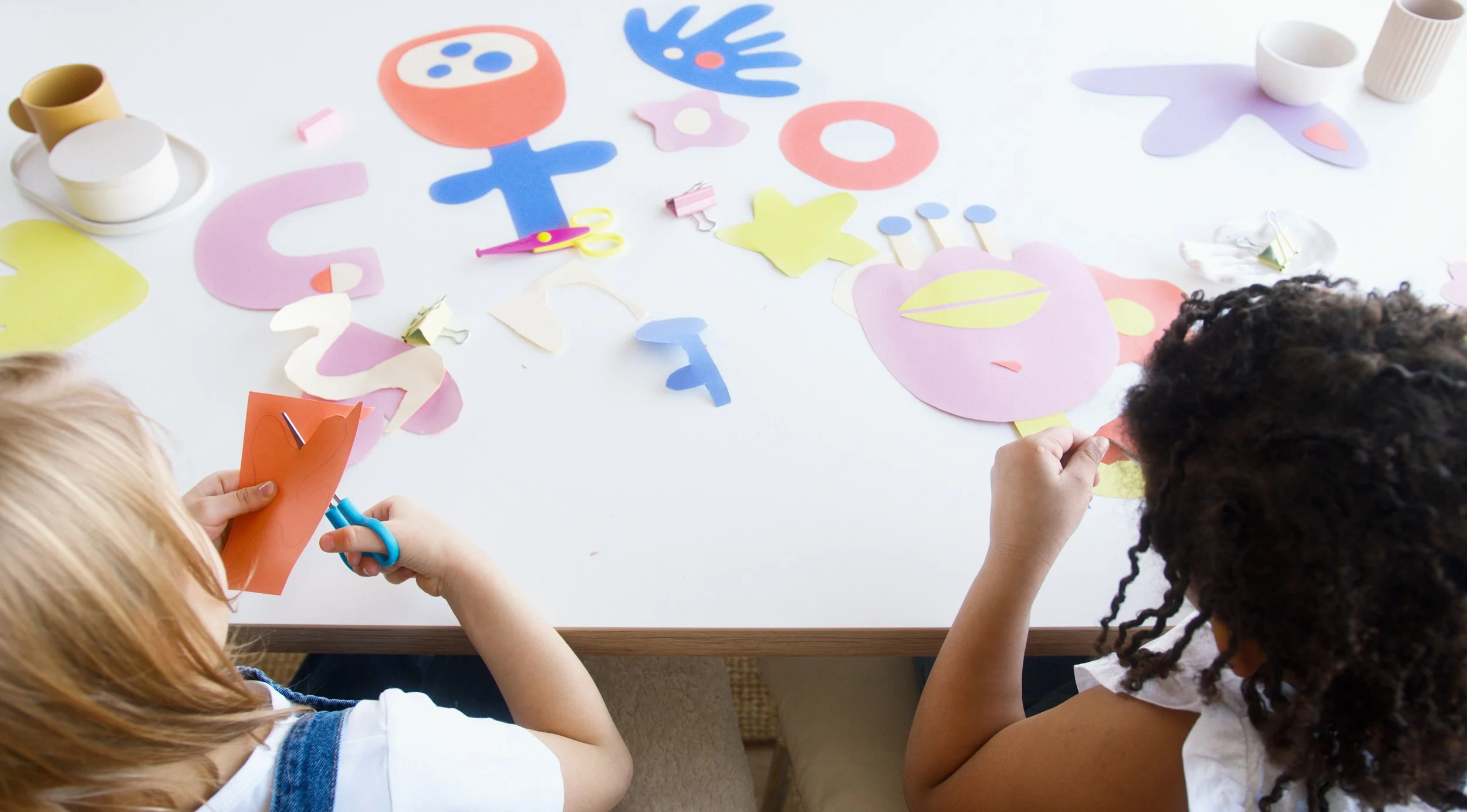I want to talk with you about how to prevent children from hitting or hurting others by intervening just moments before.
Most teachers inadvertently focus on what to do after one child hits another but the problem with that is that then you’re kind of putting out fires.
It makes sense! You’re busy. You’ve got plans, lessons, documentation to do. You’re going about your day and then…BOOM! One child hits or hurts another. Again.
So of course you want to respond in the best way possible in those moments.
Your energy is focused on responding to aggressive behavior but in actuality there are simple yet powerful actions you could take to prevent most aggressive behavior.
Yes. Really.
If you focus on what to do after one child hurts another rather than learning to take action before the behavior happens leaves you with great intentions…but frustrated and eventually burnt out.
In the Transform Challenging Behavior approach, there are 7 crucial steps (some steps take seconds) that will enable you to prevent most aggressive behaviors before they even start.
I’m going to give you one step right now, a second step next week, and a third step the week after that (so stay tuned!) because just these three steps alone can create a massive shift in your classroom.
The biggest mistake most preschool teachers make is doing what they see their coworkers doing. When they see children struggling they say “use your words” (often in a passive sing-song voice that does not instill children’s confidence in your suggestion).
This common and widespread early childhood strategy (“use your words”) ends up being pretty much ineffective with children who are consistently aggressive.
And because of that you end up feeling like nothing you do works.
You might even believe that the child who is aggressive shouldn’t be in your class or program. Or that you aren’t a good teacher when it comes to challenging behavior.
There are several ways to use the steps I’m about to share and there are more steps to ensure you fully prevent the aggressive behavior consistently and effectively with different children, but for now let's focus on one step, so you’ll be on your way to getting children to want to listen to you rather than wanting to hit someone.
The first thing you need to do is pick a time when you typically see aggressive behavior from one child and make sure you (or another staff member) is near the child.
You may think, “Robert pushes and is aggressive throughout the day.”
Ok. Got it. However if we don’t pick one time we KNOW he’s going to push and use that to teach him a better way to get his needs met then you’re back to putting out fires.
So, pick one time you know Robert is often aggressive.
Robert pushes when you’re lining up to go outside? Ok. Let’s focus on that for now.
Now that you understand step 1 and see that even if the child is aggressive on and off all day we need to pick ONE time to proactively intervene we can move onto step 2.
Because many children who hit or hurt others do so throughout the day, Step 1 may feel like the hardest part of the step-by-step process. But you’ve got to pick one time you’ll plan to intervene before rather than after in order to help Robert and turn things around.
Let me know your thoughts and questions in the comments below.
ps
Learn about Step 2 here: transformchallengingbehavior.com/blog/steps
Learn about Step 3 here: transformchallengingbehavior.com/blog/givewords

